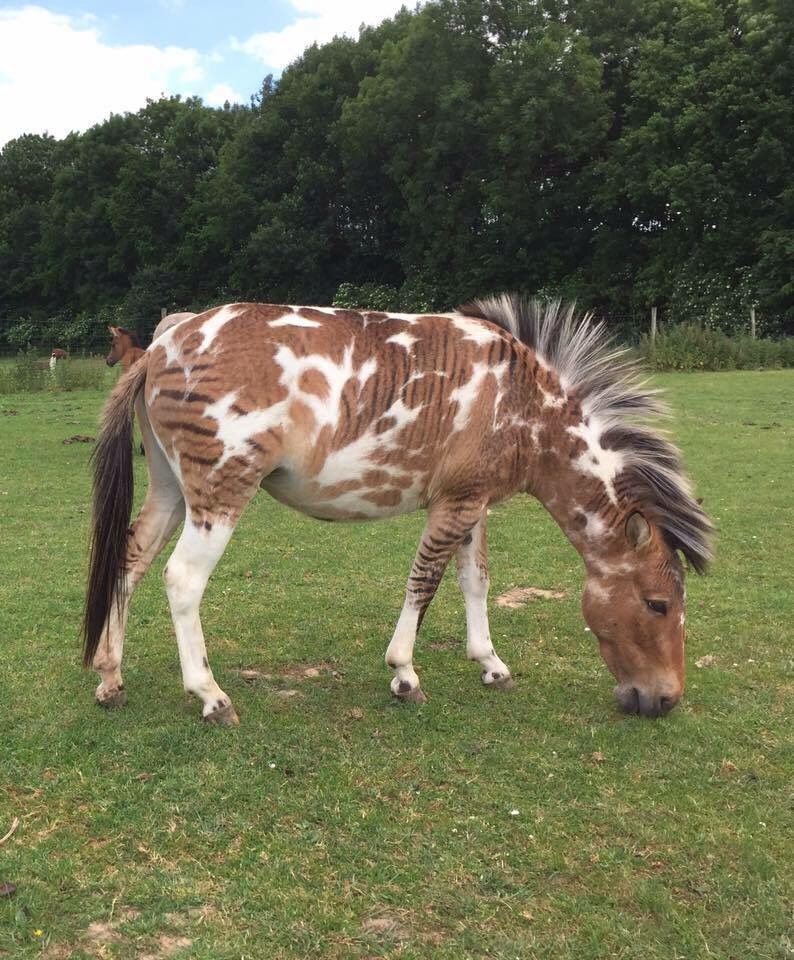Animal Hybrids
Ligers
Animal hybrids, also known as hybrid animals, are offspring resulting from the crossbreeding of two different species.
These fascinating creatures often exhibit unique characteristics that blend traits from both parent species, leading to intriguing physical appearances and sometimes even behavioral adaptations.
While natural hybridization is relatively uncommon in the animal kingdom, human intervention through selective breeding has led to the creation of numerous hybrid animals for various purposes, including entertainment, research, and conservation.
One of the most well-known examples of a hybrid animal is the liger, the offspring of a male lion (Panthera leo) and a female tiger (Panthera tigris).
Here’s a detailed look at ligers:
- Physical Characteristics: Ligers are typically larger than both lions and tigers, often reaching impressive sizes. They may inherit the tawny coloration of their tiger mother combined with the distinctive mane of their lion father.
- Size and Weight: Ligers can grow to be over 10 feet in length and weigh up to 1,000 pounds or more, making them the largest known cat species.
- Lifespan: The average lifespan of a liger in captivity is estimated to be between 15 and 20 years.
- Behavior: Ligers often display a blend of lion and tiger behaviors. They may exhibit the social tendencies of lions, living in prides, but also possess the solitary hunting instincts of tigers.
- Hybrid Vigor: Ligers sometimes display hybrid vigor, meaning they are healthier and more robust than their parent species due to genetic diversity.

It’s important to note that breeding ligers is controversial because it can contribute to the decline of wild populations and raise ethical concerns about animal welfare. Many conservationists argue against the practice of creating hybrids for entertainment purposes.
Mules
- Animal hybrids are fascinating examples of genetic variation and adaptation, resulting from the breeding of two different animal species.
- Mules, perhaps the most well-known hybrid, are a testament to the potential of interspecies breeding.
- A mule is born from the union of a male donkey (jack) and a female horse (mare). This cross produces offspring with desirable traits from both parents, such as the strength and surefootedness of the donkey combined with the size and speed of the horse.
- The genetic incompatibility between horses and donkeys often prevents mules from reproducing themselves, making them naturally infertile.
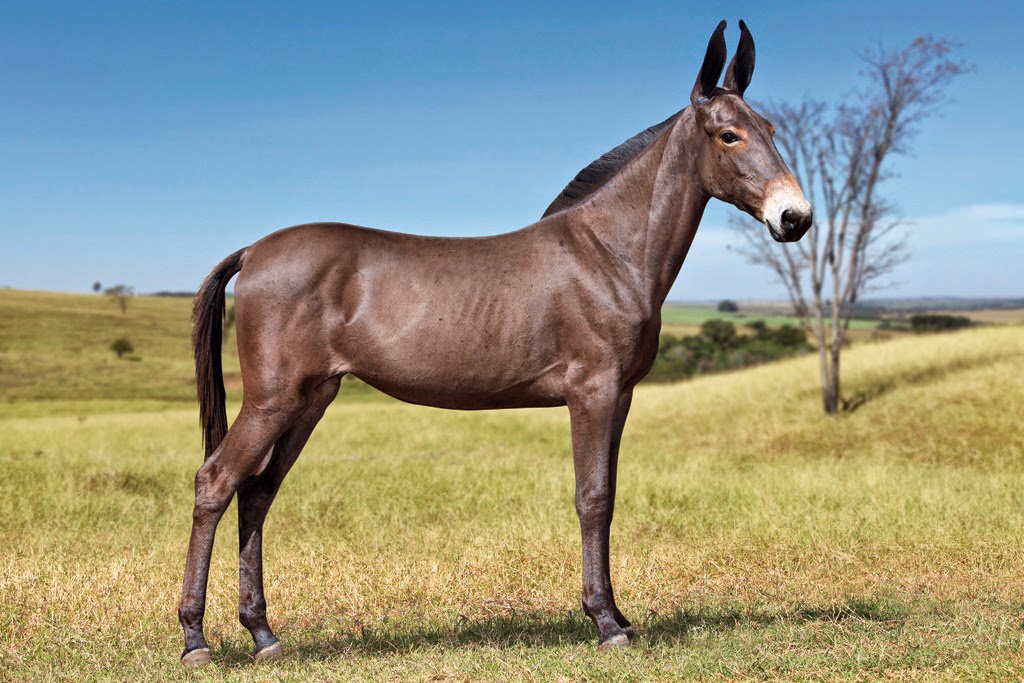
- While mules are a success story, not all animal hybrids are as successful or desirable. Many hybrid animals face difficulties due to genetic mismatch and can suffer from health issues or reduced fertility.
- The ethics of creating animal hybrids is also a subject of debate, with concerns about potential exploitation and unintended consequences for biodiversity.
Zorse
Zorses are captivating hybrids resulting from the crossbreeding of a zebra and a horse. These remarkable creatures inherit traits from both parents, creating a unique blend of strength, agility, and striking appearance.
The fusion of equine lineage with zebra genetics imbues zorse offspring with distinctive characteristics. Physically, they typically display a horse-like body structure but boast the iconic stripes of their zebra parent. The stripe pattern can vary, ranging from broad and prominent to more subtle and broken.
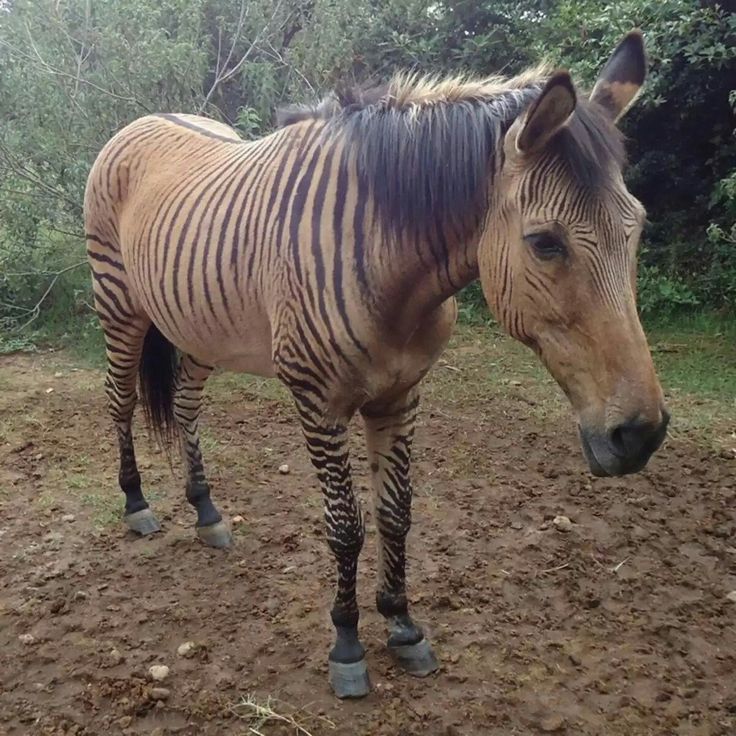
Behaviorally, zorse exhibit a combination of equine grace and zebra vigilance. They are intelligent and social animals, often displaying playful and curious tendencies. However, their inherent wariness, inherited from zebras, makes them somewhat reserved around strangers.
Despite the intriguing nature of zorse, they are relatively rare. Breeding these hybrids presents unique challenges due to the genetic differences between horses and zebras. The gestation period is typically longer than that of a horse, and foals may have difficulty with suckling. Moreover, zorse often struggle with fertility, making it challenging to establish sustainable populations.
Though not as common as other animal hybrids, zorse captivate our imagination with their fascinating blend of equine and zebra traits. They stand as a testament to the power of genetic diversity and the intricate tapestry of life on Earth.
Plant Hybrids
Triticale
Plant hybrids are the offspring of two different plant species or varieties that have been crossed through controlled pollination. This process combines desirable traits from each parent, leading to new varieties with enhanced characteristics such as increased yield, pest resistance, and improved nutritional value.
Triticale is a prime example of a successful plant hybrid, resulting from the cross between wheat (Triticum) and rye (Secale).
The hybrid vigor, or heterosis, exhibited by triticale leads to several advantages:
- Increased Yield: Triticale often surpasses both parent species in terms of grain yield. This is attributed to its improved photosynthetic efficiency and ability to utilize resources effectively.
- Enhanced Nutritional Content: Compared to wheat, triticale boasts a higher protein content, as well as increased levels of essential amino acids, vitamins, and minerals.
- Improved Stress Tolerance: Triticale inherits the cold and drought tolerance characteristics from rye, making it suitable for cultivation in challenging environments.
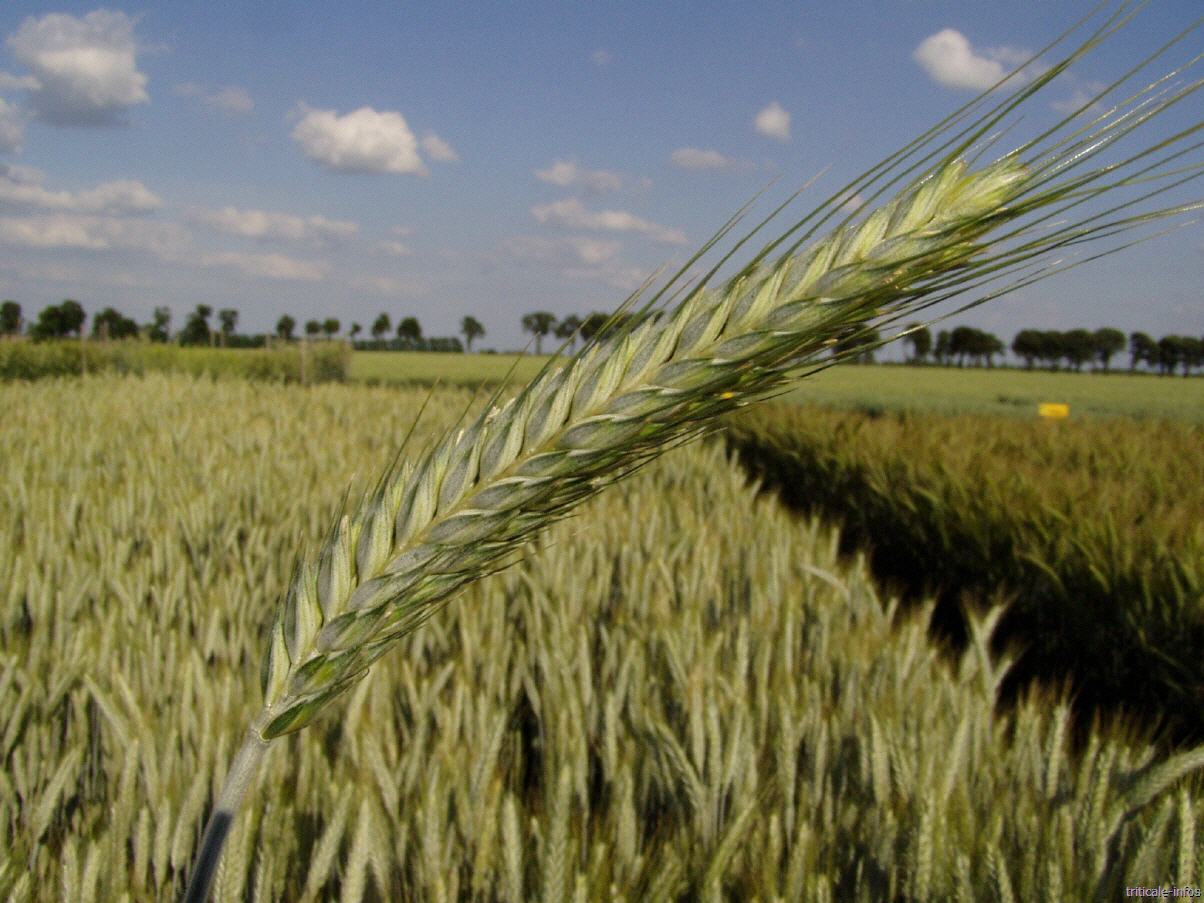
Despite these benefits, triticale faces some challenges:
- Gluten Content: While triticale contains gluten, its composition differs from wheat gluten. This can affect its suitability for baking certain products.
- Seed Size and Quality: Triticale seeds are generally smaller than wheat seeds, which can pose challenges during harvesting and processing.
Despite these limitations, triticale holds significant potential as a valuable crop in global agriculture. Its ability to combine the desirable traits of its parent species while offering enhanced nutritional value makes it a promising solution for food security, particularly in regions facing environmental stress.
Pink Pineapple
Plant hybrids are fascinating creations resulting from the cross-breeding of two genetically distinct plant varieties. This process, called hybridization, combines desirable traits from each parent plant, leading to offspring with enhanced characteristics such as increased yield, improved disease resistance, or unique flavors and appearances.
One captivating example is the pink pineapple. While pineapples typically sport a vibrant golden yellow skin, this hybrid boasts a beautiful blush of pink, achieved through selective breeding. The origin story involves crossing a red-fleshed pineapple variety with a common pineapple, resulting in a stunning visual treat.

Beyond its captivating aesthetics, the pink pineapple inherits desirable traits from both parents. It retains the sweetness and juicy flesh characteristic of common pineapples while showcasing the unique antioxidant properties associated with red-fleshed varieties. This makes it not only visually appealing but also nutritionally enriching.
The development of plant hybrids like the pink pineapple exemplifies the power of genetic manipulation to enhance agricultural products. Through controlled cross-breeding, scientists and breeders can tailor plants to meet specific needs, creating novel varieties with improved qualities that benefit both consumers and the environment.
Sunberry
Sunberries are a fascinating example of plant hybridization, resulting from crossing a European highbush blueberry (Vaccinium corymbosum) with a sunberry (Vaccinium minutiflorum).
This cross produces a fruit that combines the desirable traits of both parent species. Sunberries inherit the sweet, juicy flavor and vibrant color of the blueberries while boasting a higher antioxidant content than their parent.
The result is a delicious and nutritious fruit with exceptional culinary potential.
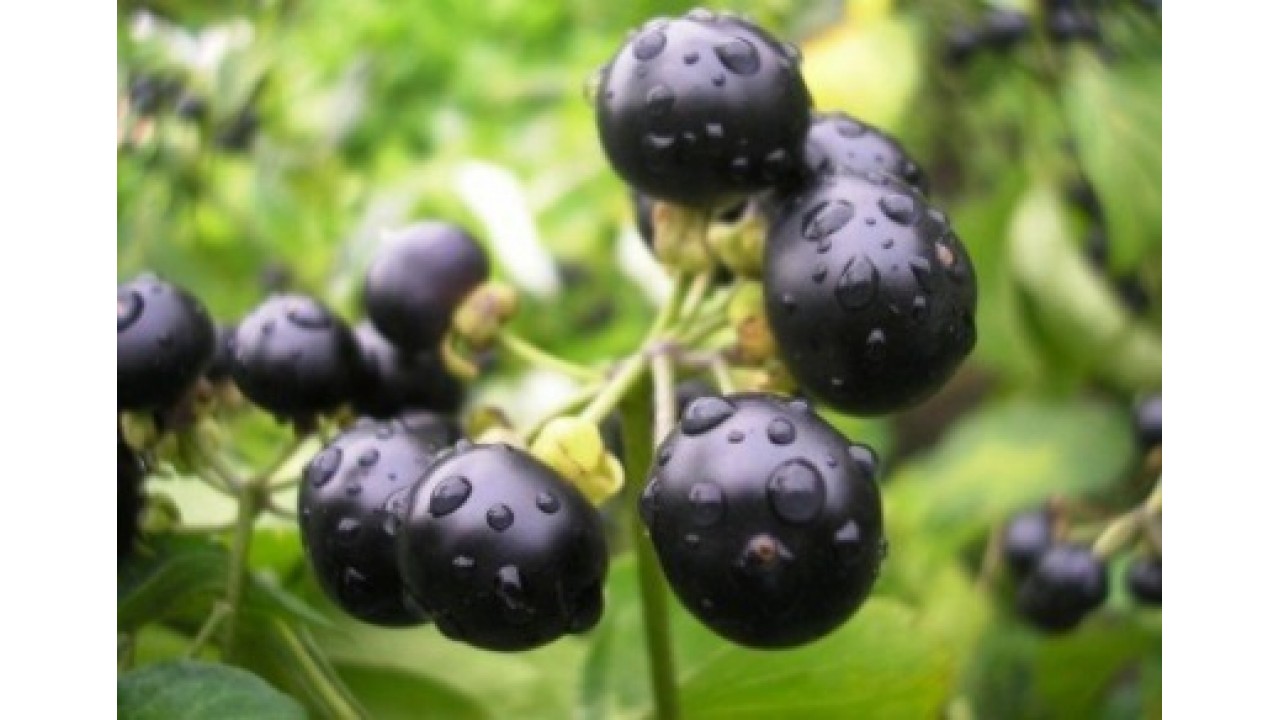
Hybrids, in general, are created by crossbreeding two distinct plant varieties. This process often involves meticulous selection of parental plants to combine desirable traits like improved yield, disease resistance, or enhanced flavor profile.
The resulting offspring inherit a unique combination of genes from both parents, leading to novel characteristics that may not be found in either original species.
In the case of sunberries, this hybridization has yielded a fruit that is larger and sweeter than its sunberry ancestor while retaining the hardiness and adaptability of the blueberry parent.
The development of plant hybrids like sunberries plays a crucial role in modern agriculture by providing farmers with tools to improve crop quality, increase productivity, and develop more resilient varieties.
Microorganisms Hybrids
Glowing Algae
Microorganism hybrids are fascinating examples of genetic manipulation with potential applications in various fields. These hybrids are created by combining genetic material from different microorganisms, resulting in novel organisms with combined traits.
One notable example is the hybrid of bacteria and yeast. This hybrid combines the metabolic capabilities of bacteria, such as producing enzymes for industrial processes, with the ability of yeast to ferment sugars efficiently. This fusion can lead to improved biofuel production or enhanced pharmaceutical manufacturing.
Another intriguing area is the hybridization of photosynthetic organisms, like algae. By combining genes from different algae species, researchers can enhance their photosynthetic efficiency or tailor them to produce specific compounds.
Glowing algae are a captivating example of this genetic modification. By introducing genes for bioluminescence from jellyfish into algae, scientists have created algae that emit light. This phenomenon has applications in environmental monitoring, bioremediation, and even as a sustainable lighting source.
The potential benefits of microorganism hybrids extend beyond biofuel production and pharmaceuticals. They could be used to develop novel agricultural products, produce biodegradable plastics, or even contribute to bioremediation efforts by cleaning up pollutants.
However, the ethical implications of creating such hybrid organisms must be carefully considered, ensuring responsible development and application of this powerful technology.
Yeast Hybrids for Biofuel Production
- Microorganisms are being increasingly explored for their potential to produce biofuels, offering a sustainable alternative to fossil fuels.
- Yeast hybrids, in particular, have shown promise due to their ability to efficiently ferment sugars into ethanol, a common biofuel.
Creating hybrid yeast strains through genetic engineering can enhance their performance in biofuel production by:
- Increasing sugar uptake and utilization
Hybrids can combine genes from different yeast species that excel at metabolizing various sugars, allowing them to utilize a wider range of feedstocks.
- Boosting ethanol production efficiency
Engineers can introduce genes encoding enzymes involved in ethanol fermentation pathways, enhancing the rate and yield of ethanol production.
- Improving tolerance to inhibitors:Biofuel feedstocks often contain inhibitors that can hinder yeast growth and fermentative capacity. Hybrids can inherit resistance traits from different species, enabling them to tolerate higher inhibitor concentrations.
Examples of successful yeast hybrid development for biofuel production include:
- Hybrid strains combining Saccharomyces cerevisiae and Zymomonas mobilis : These hybrids exhibit enhanced ethanol tolerance and fermentation rates compared to their parent strains.
- Hybrids engineered for xylose utilization
Xylose is a abundant sugar present in lignocellulosic biomass, but most common yeast species cannot ferment it efficiently. Hybrids have been created that can utilize xylose as a carbon source, expanding the range of feedstocks for biofuel production.
Continuous research and advancements in genetic engineering techniques are paving the way for even more efficient and robust yeast hybrids tailored for optimal biofuel production.
Engineered Bacteria for Bioremediation
Microorganism hybrids are a fascinating and rapidly developing area of biotechnology. They involve combining genetic material from different microorganisms to create novel organisms with enhanced properties or functions.
These hybrid organisms hold immense potential in various fields, including bioremediation, where they can be engineered to degrade pollutants and clean up contaminated environments.
Engineered bacteria for bioremediation utilize the natural metabolic pathways of bacteria to break down harmful substances into less toxic compounds. By manipulating their genetic makeup, scientists can enhance their efficiency and target specific contaminants.
Here are some examples of how engineered bacteria are employed in bioremediation:
Oil Spill Cleanup: Bacteria genetically modified to degrade hydrocarbons found in oil spills can effectively remove this harmful pollutant from contaminated soil and water.
Heavy Metal Removal: Certain bacteria have been engineered to accumulate heavy metals like lead, mercury, and cadmium from industrial wastewater, preventing their release into the environment.
Pesticide Degradation: Bacteria can be modified to break down harmful pesticides used in agriculture, reducing their persistence in soil and water systems.
Plastic Biodegradation: Research is ongoing to engineer bacteria that can degrade plastic polymers, offering a potential solution to the global plastic pollution crisis.
Nuclear Waste Remediation: Bacteria have been explored for their ability to detoxify radioactive waste by converting it into less harmful substances.
The development of these engineered bacterial strains involves several steps:
- Identifying Target Genes: Scientists identify genes in bacteria responsible for breaking down the specific contaminant of interest.
- Gene Cloning and Modification: These genes are cloned and modified to enhance their efficiency or target specificity.
- Gene Transfer: The modified genes are then transferred into a suitable bacterial host using various genetic engineering techniques.
- Screening and Selection: Engineered bacteria are screened for their ability to degrade the contaminant effectively and safely.
- Field Testing: Promising strains undergo field trials to assess their performance in real-world environments.
Microorganism hybrids, particularly engineered bacteria for bioremediation, represent a powerful tool for addressing environmental challenges. As our understanding of microbial genetics advances, we can expect even more innovative applications of these remarkable organisms in the future.
- 10 Fascinating Facts About Caribbean Culture - September 30, 2024
- 10 Countries Without Universal Healthcare - September 30, 2024
- 10 Examples Of Genetic Hybrids - September 30, 2024

